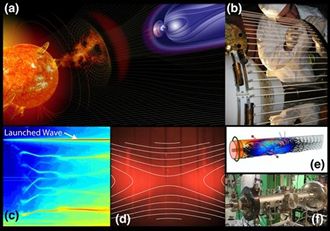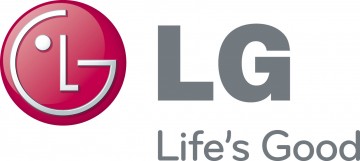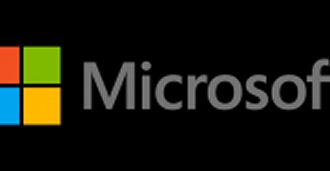 Samsung has promised to revamp its smartphone line-up to tackle what has been its worst third-quarter results since 2011.
Samsung has promised to revamp its smartphone line-up to tackle what has been its worst third-quarter results since 2011.
The outfit said that it needed to take on competitors in the rapidly growing mid-to-low range segment, after third-quarter earnings set it on course for its worst year since 2011.
Samsung’s market share fell like a free-fall team of parachuting elephants which had to forgotten to pack a key ingredient of their act. Samsung was behind Apple in the premium market and was eclipsed by Lenovo and Xiaomi at the bottom end.
Executives said the South Korean giant would overhaul its lower-tier line-up to boost price competitiveness and use higher-quality components to set its devices apart.
Samsung Senior Vice President Kim Hyun-joon said during a conference call with analysts that the mid-to-low end market is growing rapidly, and Samsung planned to respond actively in order to capitalise on that growth.
Samsung said its third quarter operating profit fell by $3.9 billion, matching its guidance issued earlier this month.
While the company expects profits to pick up in the fourth quarter on strong demand for televisions and memory chips, analysts still expect Samsung to record its worst annual operating profit in three years.
Profit for the mobile division fell 73.9 percent which was its worst performance since the second quarter of 2011.
Part of the problem was that Samsung spent most of the quarter without launching a new flagship device, and continued to struggle in the mid-to-low tier markets against cheaper and value-packed offerings like Xiaomi’s Redmi 1S.
Robert Yi, Samsung’s head of investor relations, said the firm would launch new mid-tier models in the fourth quarter, although he did not say what features they would have.
Samsung expects average selling prices for handsets will rise in the fourth quarter due to an increase in premium smartphone sales, namely of the Galaxy Note 4, and as demand picks up in the holiday shopping season.



















